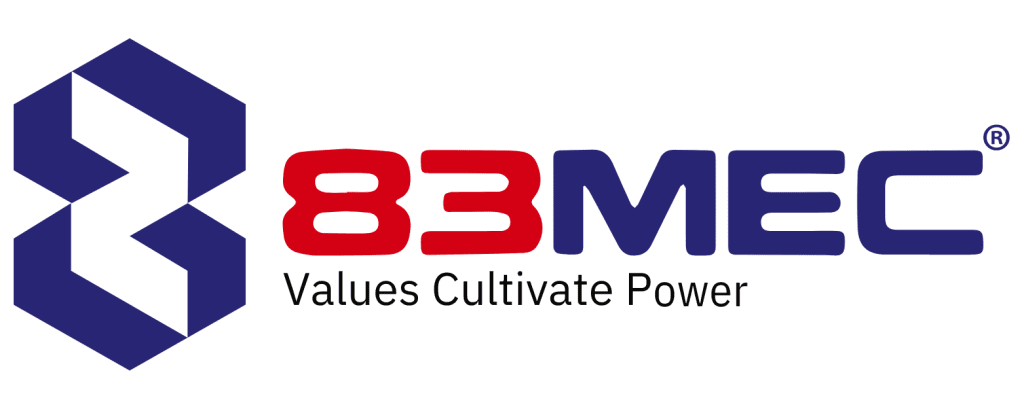
Surface Treatment at 83mec
Metal surface treatment before painting is an essential step in the surface coating process, deciding the quality of paint and plating of the product. The process helps remove the rust, dirt, grease, etc., to return the shiny metal surface, smooth roughness, and the plating layer; the paint will stick stronger and smoother. Surface treatment technology is commonly used to treat corrosive and aggressive environments
The technology of metal surface treatment before painting plays a vital role in the manufacturing industry to bring products with smooth, smooth surfaces and increase the aesthetics of products. Therefore, if the surface is not treated before painting, it will have the following adverse effects on product quality:
- Limiting the ability of the paint to stick to the surface of the product: in the process of spraying, the stains on the surface, such as oil, dirt, and rust, are the cause of the paint not sticking firmly unevenly onto the material. Therefore, the paint layer is not shiny, blistered and easily peeled off quickly.
- Causes corrosion of paint film: stains and rust on the surface that are not cleaned will lead to corrosion of the paint film. This consequence has a very bad impact on the material’s surface, causing unsightly material to be easily oxidized.
What is special about surface treatment technology at 83MEC?
Using an iron brush for strong friction on metal surfaces that are dirty, rusty, etc., peeling reduces the adhesion of the primer on the metal surface.
- Use a hammer in combination with an iron brush. This method is suitable for local repairs and minor repairs, easy to remove large pieces of rust, but it is easy to deform the surface of the part, and in the process of making, it generates a lot of noise.
- In addition, razors and sandpaper are also items used to clean metal surfaces. However, this method can pollute the environment by creating a large amount of dirt, and the smoothness and roughness of the surface are uneven.
- Use heat
– This method uses a device to generate combustion heat (acetylene, oxygen) to remove most of the corrugated iron layer, old paint layer, grease, scale, dust,… clinging to the metal surface.
– Effective with old paint layers, grease and grime but less effective with rust. In particular, processed metal objects are easily deformed due to heat.
- Use angle grinder sanding disc
– Use a grinding disc rust friction generator with a rotating disc attached with abrasive particles to grind into places where stains and rust need to be removed.
– Suitable for handling angular positions.
- Wet sandblasting
– A mixture of water and sand is sprayed under high pressure to remove large patches of rust and a thick layer of old paint.
– Environmentally safe method, handling large volumes in a short time.
- Dry sandblasting
– Use a gun to spray small particles of sand, stone, and gravel (about 0.3 – 1.5 mm in size) to hit metal surfaces with high speed to clean rust, old paint and dirt surface adhesion.
– This is the most commonly used method today to altogether remove rust stains, dirt, and perfect roughness on the surface. However, this way creates a large amount of dust, causing pollution.
- Use a high-pressure water jet.
– This method helps quickly remove old paint, dirt, and rust on metal surfaces with a pressure of about 1,900 bar (nearly 30,000 psi), safely for the environment and the product to be cleaned.
– The disadvantage of this method is that it is expensive to buy the machine and easy to oxidize the surface of the device in uncoated locations.
- Use electric current and degreasing chemicals to treat metal surfaces before painting. This method is suitable for small details with high precision.
- Use chemicals such as organic solvents, lye, alkaline water or powder detergents, catalysts, fixatives, etc., to altogether remove rust, mould and dirt stains.
- It is a method of using high-frequency ultrasonic waves to quickly clean surfaces, edges, and details.




